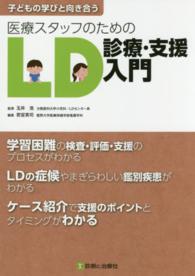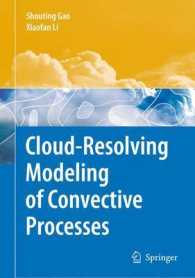- ホーム
- > 洋書
- > 英文書
- > Psychology
Full Description
One of the most successful methods for discovering the way mental processes are organized is to observe the effects in experiments of selectively influencing the processes. Selective influence is crucial in techniques such as Sternberg's additive factor method for reaction times and Jacoby's process dissociation procedure for accuracy. The successful uses of selective influence have encouraged application extensions to complex architectures, to dependent variables such as evoked potentials, and to complex interpretations. But the common themes have become lost in the details of separate uses and specialized terminology. The book gives an introductory and unified account of the many uses of the technique in cognitive psychology. Related models from operations research and human factors are covered. The applications include dual tasks, visual and memory search, timing, categorization, and recall. The book takes a self-contained approach starting with clear explanations of the elementary notions and a building to advanced techniques. The book is written with graduate students in mind, but has content of interest to all researchers in cognitive science and cognitive engineering.
Contents
Introduction to Techniques; Introduction to Structures; Selectively Influencing Processes in Task Networks; Theoretical Basis for Properties of Means and Interaction Contrasts; Application: Dual Tasks and Locus of Slack Analysis; Effects of Selective Influence on Reaction Time Cumulative Distribution Functions; Further Applications: Search, Timing, and Categorization; Controversies; Order of Processing Diagrams; Effects of Selective Influence on Accuracy, Rates, and Evoked Potentials; Dependence of Random Variables on External Factors; Using Information about Pairs of Processes to Construct a Larger Structure.








